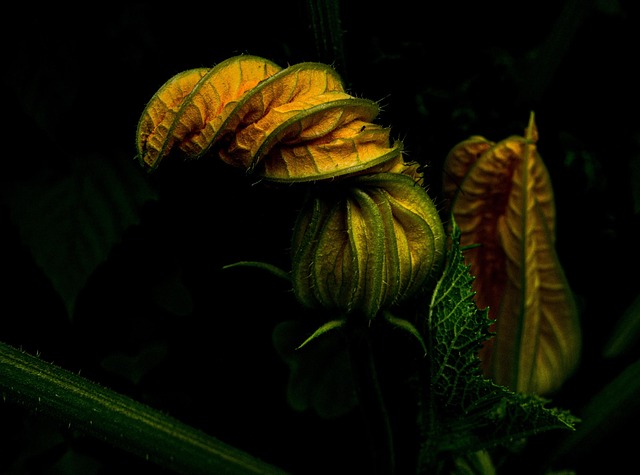In an era where urban landscapes often overshadow the beauty of natural surroundings, community green spaces emerge as essential havens for eco-friendly gardening enthusiasts. These shared outdoor sanctuaries offer a unique opportunity to reconnect with nature, cultivate a sustainable lifestyle, and foster a strong sense of community.
Imagine stepping into a lush garden, where the vibrant colors of blooming flowers intertwine with the earthy tones of freshly tilled soil. This is the essence of community green spaces—places where individuals from all walks of life unite to nurture their love for gardening while prioritizing the health of our planet. These green oases not only beautify our neighborhoods but also play a crucial role in improving the local environment.
One of the most profound benefits of community green spaces is their contribution to biodiversity. By creating a rich tapestry of different plants, these areas attract a variety of pollinators, such as bees and butterflies, crucial for maintaining ecological balance. Community members can participate in planting native species, which are better adapted to local conditions, thereby supporting the local ecosystem and enhancing the overall health of the environment.
Gardening within these community spaces encourages the practice of eco-friendly gardening methods. Participants can share knowledge about organic gardening techniques, composting, and water conservation practices. This not only reduces the carbon footprint associated with gardening but also instills a sense of responsibility towards sustainable living. Residents are empowered to grow their own vegetables and fruits, reducing reliance on supermarket produce, which often comes with excessive packaging and environmental costs.
Moreover, community green spaces serve as a platform for educational workshops and events that focus on sustainable gardening practices. Residents can learn about the importance of seasonal planting and crop rotation, which enhances soil health and ensures that gardens are productive all year round. These spaces cultivate not just plants, but also a comprehensive understanding of how to care for our planet.
Another integral aspect of these green spaces is their ability to strengthen community bonds. Neighbors come together, sharing gardening tips, resources, and even produce from their own plots. This collaboration fosters a sense of belonging and promotes the idea that gardening is not a solitary activity but a shared journey towards a greener future.
As more people embrace the charm of community green spaces, we can see a shift towards a greener mindset. Individuals begin to understand the profound impact they can have, not just on their immediate surroundings, but on the environment as a whole. These shared gardens are a testament to the power of nature, reminding us that together, we can cultivate a sustainable and vibrant ecosystem.




